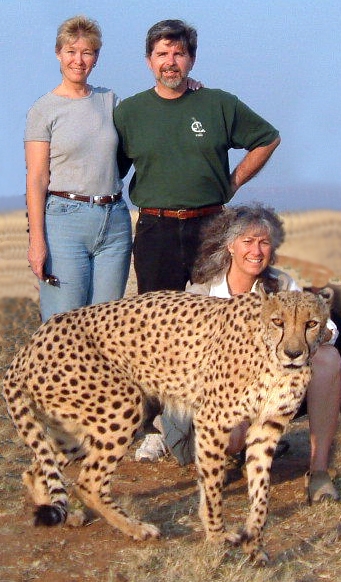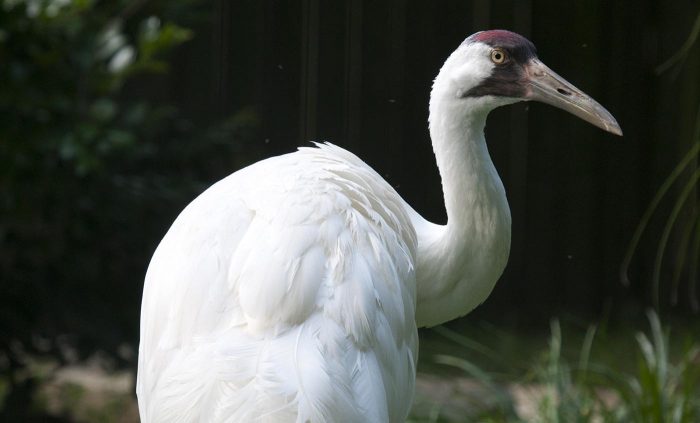David Wildt is 2017’s Distinguished Scholar in the Sciences
Senior Scientist and Head of the Center for Species Survival at the Smithsonian Conservation Biology Institute David Wildt has been chosen to receive the 2017 Smithsonian Distinguished Scholar Award in the Sciences. The award, first given in 2000, celebrates excellence in all branches of Smithsonian scholarship by honoring the sustained achievement of two outstanding Smithsonian scholars each year—one in the sciences and one in the humanities. The winners are asked to deliver a lecture on some aspect of their work to the Smithsonian community, and they receive a medal and a contribution to their research funds.

Wildt started at the Smithsonian in 1983. At that time, the study of the reproductive physiology of wild animals did not exist as a recognized scientific field. Wildt had the idea to adapt reproductive techniques—such as artificial insemination and embryo transfer already available for livestock and humans—for endangered species. However, differences in reproductive physiology were vast, even among closely related species. That discovery shifted the focus to understanding specific reproductive mechanisms for each species of interest, a strategy now used for decades to improve conservation breeding and management.
Wildt will presented his lecture, “How To Save an Endangered Species,” Monday, April 2, at 11 a.m. in the National Museum of the American Indian’s Rasmuson Theater. Watch the webcast.
Wildt’s expertise is the phenomenon of teratospermia, the production of unusually high numbers of malformed spermatozoa, discovered in cheetahs in Africa. It subsequently was uncovered in a variety of species that have had a loss in genetic diversity. The commonality of this condition in humans was the beginning of Wildt’s team securing significant funding from the National Institutes of Health, illustrating how studies of wildlife also benefit human health. These efforts have been complemented by integrating other disciplines, especially genetics, veterinary medicine, animal husbandry, and the reintroduction of animals back to nature. One example of success is the black-footed ferret; its population once consisted of only 18 individuals. Through basic and applied research, the team has produced more than 680 ferrets at the Smithsonian Conservation Biology Institute, including animals returned to the wild. Another 139 have been produced by artificial insemination, which has improved gene diversity in the population.
Wildt has played a leadership role in helping conserve the icon of endangered species, the giant panda. He coordinated the Smithsonian’s National Zoo’s within-China conservation program that allows the Zoo to exhibit giant pandas. He and a team implemented collaborative studies in China that helped increase giant panda numbers in breeding centers and zoos from 120 in 1996 to more than 500 today. Wildt is also the author of 330 peer-reviewed publications, 57 book chapters, and three edited texts spanning more than 50 vertebrate species.
Read this opinion piece from David Wildt and Susie Ellis published March 23 in the Washington Post about the threat of poaching to endangered species: Frozen sperm won’t save the rhino — but stopping poachers might
Current projects:
Carnivores
Does group management of male cheetahs influence reproductive fitness?
Investigating poor reproduction in captive whooping cranes
Ovarian follicle culture in the dog and cat
Ungulates
Posted: 20 March 2018








